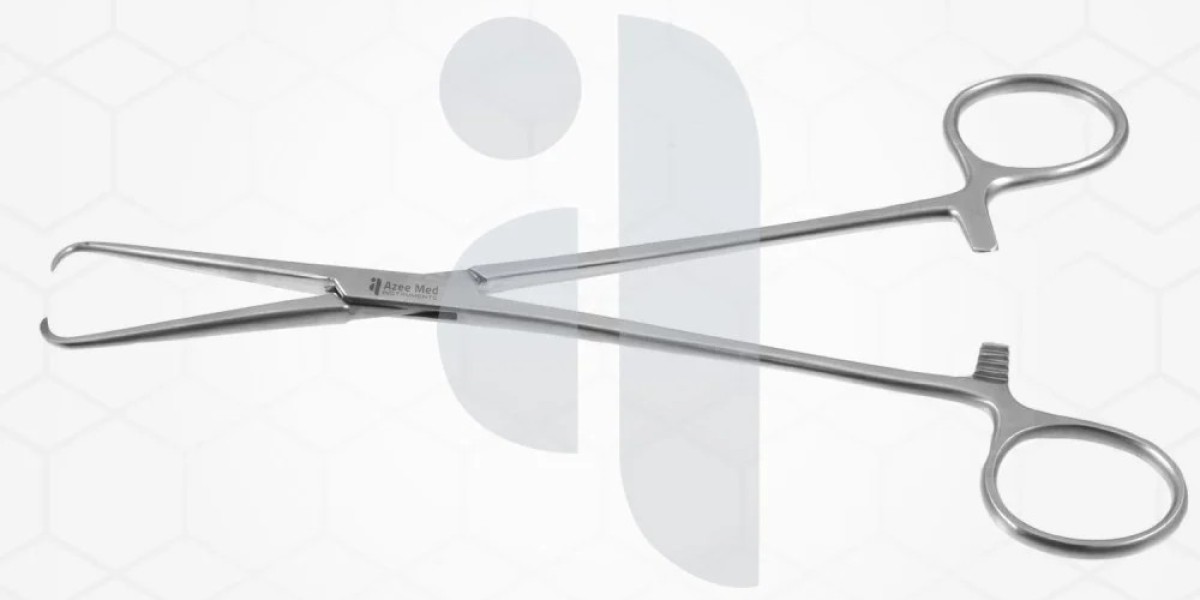Research Gaps Meaning – What Every PhD Scholar Must Know
Let’s be real, “identify the research gap” might be the most overused phrase you’ll hear as a PhD scholar. Everyone says it. Every guide mentions it. But no one tells you what it means in plain English.
So, if you’ve been nodding your way through discussions about research gaps without really being sure what you’re supposed to do, don’t worry. You’re not alone, and this blog is exactly for you.
Here, we’re breaking down the meaning of a research gap, why it matters, the different types to look out for, and how to find one that makes your research stand out (instead of just blending in).
So, What Is a Research Gap?
In simple terms, a research gap is something that hasn’t been studied properly yet. It’s a missing piece in the existing literature: a question no one’s answered, a population no one’s looked at, a method no one’s tried.
It could be an outdated theory, a lack of research in a specific region, or just a topic that people haven’t touched in years. These gaps are where your research steps in, fills the blank, and adds something new to the academic conversation.
If research is a giant puzzle, your job is to find that one missing piece and snap it into place.
Why Should You Care About Finding a Gap?
Because let’s be honest no one wants to spend months working on a topic only to hear, “This has already been done.”
Identifying a real research gap matters because:
It proves your study is original and worth reading.
It makes your proposal stronger and more focused.
It gives your research a clear purpose, which makes writing everything else so much easier.
Plus, when you know your gap, your objectives, methodology, and even your conclusion fall into place naturally.
Types of Research Gaps You Might Find
Not all gaps look the same. Depending on your field and focus, you might run into different kinds. Here are a few to keep in mind:
1. Theoretical Gaps
These pop up when the existing theories aren’t enough, or when they haven’t been applied to a new problem. If the current framework just doesn’t cut it, that’s your opening.
2. Methodological Gaps
Perhaps earlier studies employed outdated tools or flawed methods. If you can approach the same problem using stronger, more relevant techniques, that’s valuable.
3. Contextual Gaps
Sometimes, certain populations, regions, or communities are just underrepresented in research. Exploring those under-studied areas can offer fresh insight and much-needed diversity.
4. Empirical Gaps
There may be a lack of up-to-date data, especially on rapidly evolving issues. If no one’s revisited a topic recently, your study could bring it back into focus with new evidence.
How Do You Find a Research Gap?
Finding a gap isn’t about waiting for a lightbulb moment, it’s more like piecing things together as you read and explore. Here’s how to start:
Do a solid literature review. Look at the latest studies, not just the top-cited ones.
Pay attention to contradictions. If two papers say opposite things, that’s a sign there’s more to dig into.
Read the “future research” sections. Authors often literally tell you what they didn’t get to explore.
Use tools like Litmaps or Scopus to visualize research trends and clusters.
Look at who’s being left out. Is there a population, setting, or factor no one’s studying?
Sometimes, gaps show up as small patterns or quiet absences. You just have to stay curious while you’re reading.
Why Is It So Hard to Spot Gaps?
Honestly? Because it takes time. And patience. And a lot of skimming through papers that sometimes go nowhere. Here are a few challenges you might hit:
There’s just too much literature. You can’t read it all and that’s okay.
Some studies are behind paywalls. If you’re not at a well-funded university, that can be a real barrier.
Not all gaps are worth researching. Just because something’s missing doesn’t mean it’s important.
Time pressure. When your proposal deadline is two weeks away, you don’t always have time to explore every corner.
Knowing these challenges upfront can help you manage your expectations and plan better.
What to Do After You’ve Found a Gap
So you’ve spotted a gap. Now what?
Here’s how to turn it into a solid research direction:
Frame your research questions around it. Be specific and clear.
Check if the gap is researchable. Do you have access to the data or tools you need?
Make sure it adds value. Is this something your field actually needs?
Run it by your supervisor or mentor. A second opinion can help you shape it properly.
This is where your research starts to get real.
Wrapping It Up
A research gap is the piece that connects your study to the bigger academic picture. Without it, your work might feel disconnected or, worse, unnecessary without support help.
So don’t skip this part. Take the time to read deeply, think critically, and explore with intention. A well-identified gap will make the rest of your research journey smoother, firmer, and more rewarding.
And if you’re feeling stuck? It’s okay to ask for help. A little guidance can go a long way in transforming your topic into a meaningful contribution.







